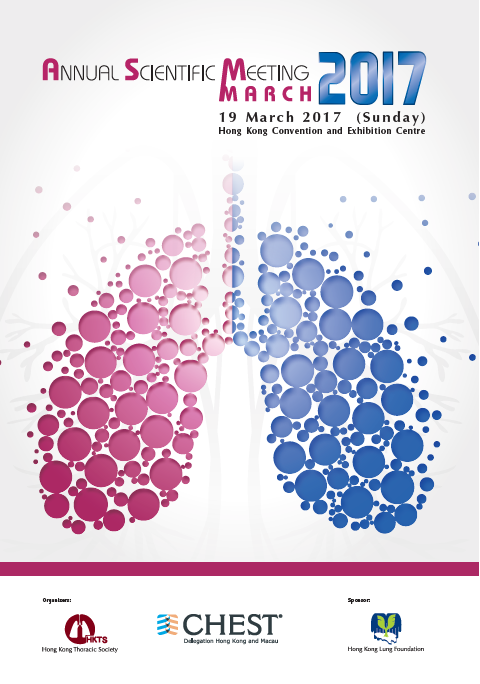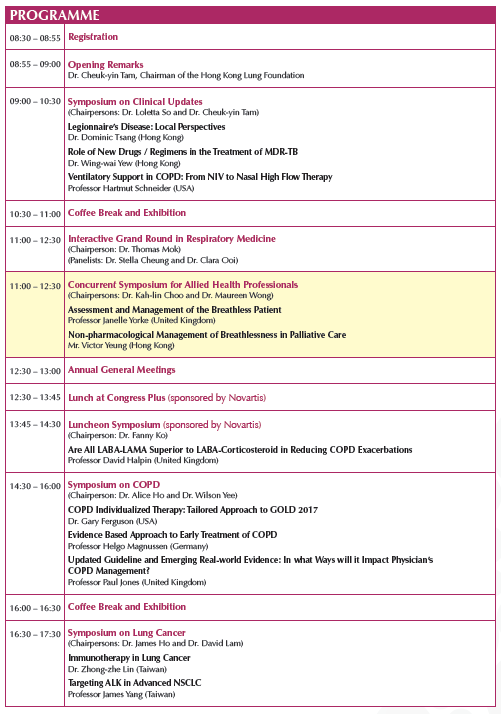Prof Schneider’s lecture at HKTS conference
Date: 19 March 2017 (Sunday)
Session: Symposium on Clinical Updates
Session Time: 09:00 – 10:30
Topic: Ventilatory Support in COPD: From NIV to Nasal High Flow Therapy
Duration of Lecture: 25 minutes
Venue: S421, Level 4, Phase 1 (Old Wing), Hong Kong Convention and Exhibition Centre
Ventilatory Support in COPD: From NIV to Nasal High Flow Therapy
Professor Hartmut Schneider, MD, Ph.D.
Div. Pulmonary and Critical Care Medicine, Johns Hopkins University, Baltimore, USA
Chronic obstructive pulmonary disease (COPD) is frequently associated with respiratory failure requiring ventilator support ranging from supplemental oxygen, CPAP, non-invasive ventilation and high nasal flow therapy. The presentation is divided in three parts:
The first part describes the mechanisms of respiratory instability and blood gas abnormalities that occur in patients with COPD during wakefulness and sleep. Special emphasis lies on the detection of abnormal breathing mechanics during sleep, since most ventilator support strategies include the application of sleep time in these patients.
The second part reviews current evidence of using domiciliary ventilator support in patients with stable hypercapnic or hypoxic COPD patients. Recent results of randomized clinical trial on the use of supplemental oxygen and NIV will be presented together with international practices of NIV use in European countries.
The third part summarizes new recent studies of using high flow therapy in patients with COPD. Physiologic mechanisms of how high flow therapy supports ventilation will be demonstrated. Since the majority of studies in stable hypercapnic COPD patients involved the use of either trans-nasal insufflation using a small nasal cannula interface (TNI Medical) or a larger nasal cannula interface (Fisher & Paykel Healthcare), we will review and compare these to modes in respect to their physiologic effects.
We conclude with a diagnostic and therapeutic flow chart for both diagnosing and providing ventilator support in stable COPD patients who are at risk of developing worsening of ventilation during sleep.


